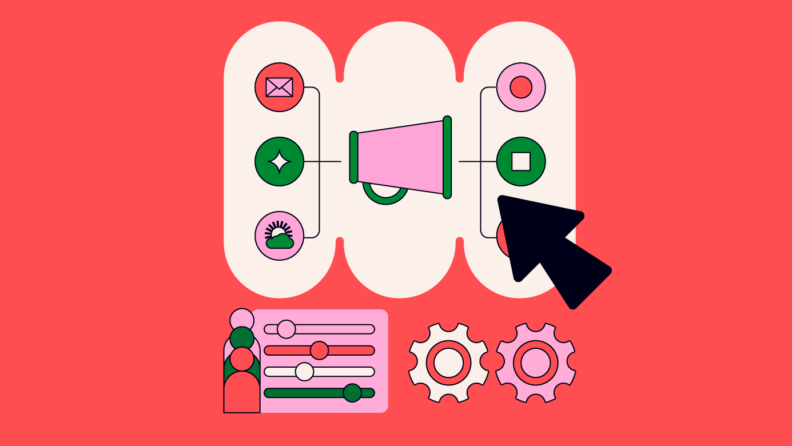As the population expands and everyone expects things just for them, personalization at scale becomes the key to business growth. And while we love the genuine effort that goes into customizing experiences for one wonderful customer at a time, that old-school technique simply isn't scalable.
In this article, I'll share all the tips, tech, and techniques wise brands use to genuinely connect with each customer on a mass scale while increasing customer engagement, satisfaction, and revenue. They'll be none the wiser that you didn't curate each element just for them, and you'll be raking in business like crazy.
What Is Personalization At Scale?
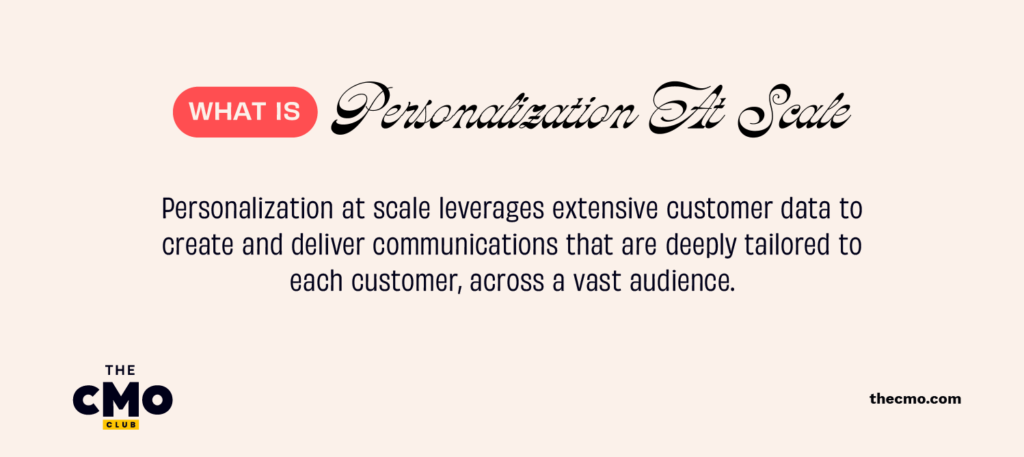
Personalization at scale leverages extensive customer data to create and deliver communications that are deeply tailored to each customer, across a vast audience. It hinges on the use of purchase histories, on-site behaviors, and other reliable data analytics sources, helping you craft experiences that feel individually curated for thousands, if not millions, of customers at a time.
Why Is Personalization At Scale Important?
Scaling personalization is incredibly important to meet customer expectations for tailored experiences as your business grows. According to McKinsey, 71% of consumers expect personalization, and 76% of these consumers are frustrated if brands don’t deliver. That's a pretty high percentage.
By leveraging customer information, you can create communications that feel individually crafted for each customer, even when addressing a vast audience. This approach meets customer demands for personalized interactions, enhances the customer experience, and drives significant business growth.
It can:
- Boost conversion rates by presenting customers with offers that resonate with their individual preferences.
- Foster stronger customer engagement through relevant and meaningful experiences.
- Enhance metrics in customer retention and loyalty, reducing customer acquisition costs by as much as 50% (McKinsey)
- Lead to increases in revenue and retention by 10 to 30 percent (McKinsey)
Essentially, your personalization strategy is not just about satisfying customers—it's a strategic advantage that translates into tangible business success.
Benefits Of Personalization At Scale
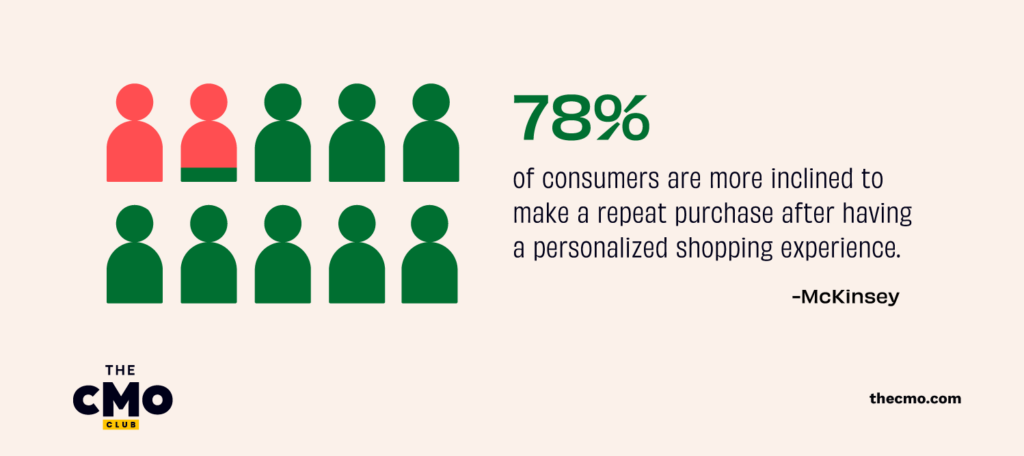
Personalization at scale is a powerful strategy that is about understanding your customers at a granular level and using that understanding to deliver personalized experiences throughout the customer journey. In return, there are so many rewards for your effort—here are just a few.
Meeting customer expectations
Today’s consumers demand more than just generic interactions, and by using personalization at scale, you'll be able to make them all happy at once. To improve the customer experience, you need to implement tech that supports real-time data integration and processing. I'll get more into the tech of it all below so you can meet (or ideally exceed) these customer expectations.
Boosting customer loyalty
According to McKinsey, 78% of consumers are more inclined to make a repeat purchase after having a personalized shopping experience. This is significant, as customer retention is five times more cost-efficient compared to acquiring new customers. Even better, brands introducing personalization in the customer experience reported a 2.3 times uplift in customer lifetime value year-over-year, showcasing substantial long-term financial benefits.
Driving revenue growth
Surprise, surprise—personalized experiences not only enhance customer engagement and loyalty but also drive revenue growth. Businesses have seen a sales lift by 10% or more and a return on investment (ROI) of three to five dollars for every dollar spent on personalization. The potential value of personalization at scale is estimated to be somewhere between $1.7 trillion and $3 trillion—and a piece of that pie is all yours for the taking.
Challenges Of Personalization At Scale
While a solid personalization strategy promises impressive benefits, implementing personalization at scale is not without challenges. It's normal to encounter certain barriers to personalization, such as inadequate user-friendly technology, insufficient data to inform campaigns and restrictive budgets.
Data integration and management
Integrating data into a single platform is essential for creating comprehensive customer profiles that drive personalized experiences. This can sometimes be a challenge, as it requires a blend of data types including those derived from CRMs, third and first-party data sources, and transactional data.
However, even once you have the data merely collecting it isn’t enough. You have to perform regular audits to consistently maintain high-quality data, done by identifying and correcting duplicates, errors, and inconsistencies, which is particularly important for the accuracy of AI-driven personalization.
Technology and infrastructure
Identifying and deploying the right tech and infrastructure can also be a hurdle in scaling personalization. You have to find data integration tools that are both adaptable and intuitive, an analytics database that allows for swift analysis and maintenance of data quality, and a data platform that has a straightforward interface for marketers and the necessary tools for data scientists.
The challenge extends to the concept of a content factory, where content is deconstructed into modular elements, enabling dynamic personalization. This step is critical for the flexibility and responsiveness of personalization efforts.
Privacy and Compliance
Lastly, with data-driven marketing, privacy and compliance simply cannot be overlooked. You have to ensure compliance with regulations like the GDPR in the EU and CCPA in California, and proper data encryption and regular security audits are essential to protect customer privacy and comply with regulations.
Marketers must also consider privacy concerns when ethically sourcing third-party consumer data for personalization needs. Balancing the need for data for effective personalization with the responsibility to respect and protect customer privacy is a challenge that has to be navigated diligently.
How To Perform Personalization At Scale
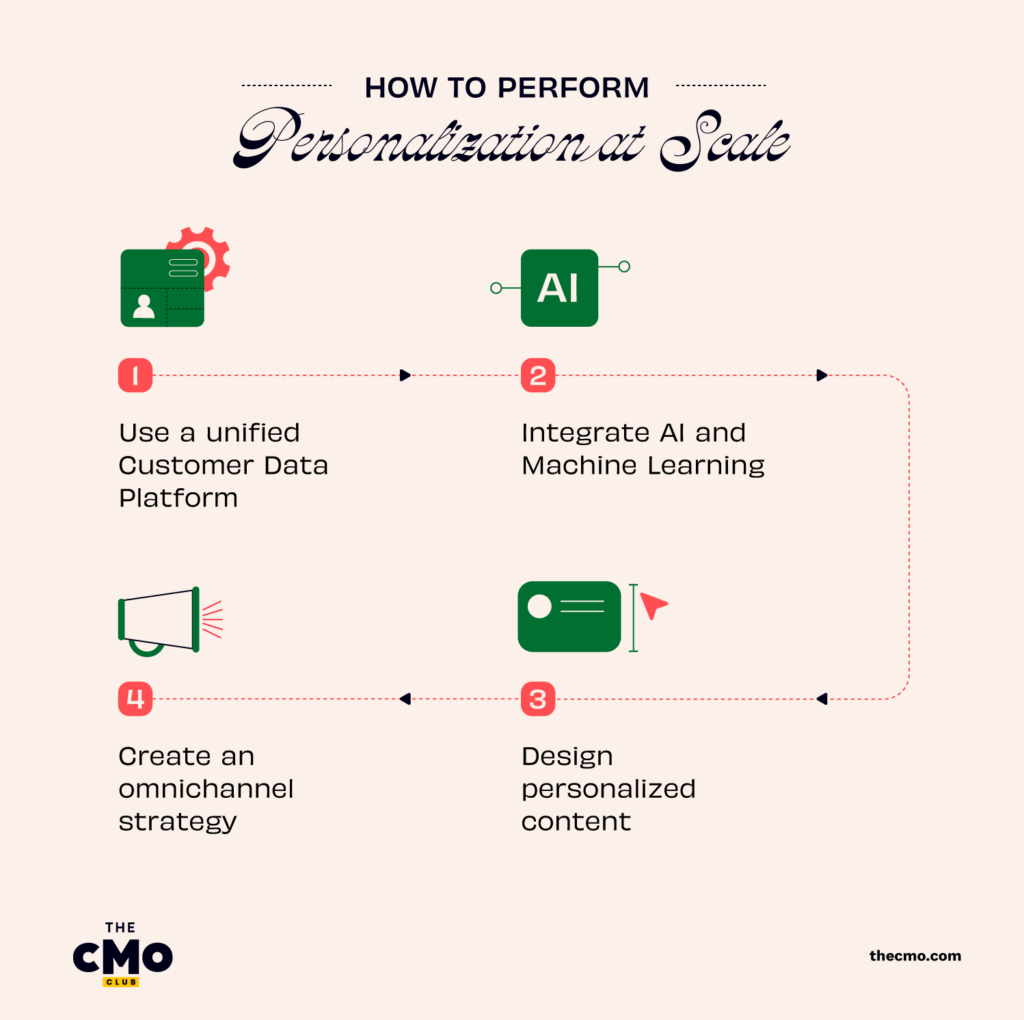
Effective personalization is achieved through four core elements: comprehensive data management, intelligent decisions, creative design of personalized content, and distribution across platforms. Let's get into it all in a little more detail, following a four-step approach:
1. Use a unified Customer Data Platform
Your first step is to gather the right data, and I recommend you use a unified Customer Data Platform (CDP) to centralize and streamline that data. It connects disparate data systems and employs cloud-based solutions to optimize data handling and reduce latency.
That said, simply having a CDP isn't quite enough. You need to also ensure data integrity by bringing in a dedicated data leader to oversee data schema and approve new events to maintain its quality. By focusing on data quality, you'll make sure that your personalization efforts are based on accurate and reliable insights. Without this accuracy, you might as well not be personalizing at all.
2. Integrate AI and machine learning
AI and machine learning are total game-changers in performing personalization at scale and improving the customer experience. They:
- Analyze data sets to identify patterns and predict customer behavior
- Allow for real-time customer segmentation and behavior prediction
- Drive marketing automation, determining best timing and channels for engagement
In order to integrate such tools, start by defining clear objectives to guide your integration process, such as improving market segmentation or optimizing marketing campaigns. Collect and prepare clean, structured data from various touchpoints for analysis, and then select AI tools and machine learning platforms that align with your objectives and technical capabilities.
An excellent example of AI in action is the use of Bloomreach Engagement in-app messages by RoadLords, which displayed personalized content to active users to enhance engagement and customer retention. The implementation of such AI-driven strategies shows how technology can elevate personalization strategies, leading to increased customer engagement and retention.
3. Design personalized content and recommendations
Next up, you need to deliver personalized web content and recommendations for a better customer experience through all stages of the customer journey. This process involves creating unique content, messages, and product suggestions that resonate with individual segments. Here's how to achieve that:
- Leverage Customer Segmentation: Divide your customers into distinct groups based on shared characteristics, such as purchasing behavior, demographics, or engagement levels. Tailored content can then be created for each segment, ensuring relevance and appeal.
- Optimize Product Recommendations: Implement dynamic product recommendation engines that analyze data and behavior to suggest items that are more likely to be of interest. This can significantly increase your chances of conversion by presenting customers with options that align with their preferences.
- Refine Content with Data Insights: Continuously gather and analyze customer feedback and interaction data to refine your content strategy. This data-driven approach ensures that your personalized content remains effective and engaging over time.
- Adopt Real-Time Personalization: Use technologies that support real-time data processing to personalize experiences as they happen. This immediacy can greatly improve customer engagement and satisfaction.
4. Create an omnichannel marketing strategy
We're living in an interconnected world, and customers interact with brands through multiple channels at all points in the customer journey. This means that an omnichannel strategy should be a focus for your marketing efforts. Brands like Sephora and Wexon have shown that a synchronized in-store and online experience can lead to smooth personalization, and with great marketing software, you can do the very same.
Implementing an omnichannel approach requires an integrated marketing strategy encompassing all operations, marketing campaigns, and every customer touchpoint. Whether it’s email, messaging channels, or online ads, you need to engage your audience consistently across all platforms. This consistency is critical in delivering personalized experiences that resonate with customers and drive engagement all around.
Examples Of Personalization At Scale
Businesses across various industries have successfully implemented personalization at scale, seeing significant improvements in customer satisfaction and business performance.
The examples I've highlighted show that when companies leverage data effectively to implement personalization at scale, they not only improve the customer experience but also see tangible business results such as increased engagement, conversion rates, and overall revenue.
Example 1: Adidas increases AOV by 259%
Adidas, a global sportswear giant, leveraged Insider’s AI-powered personalization solutions to improve their customers’ online experience and increase conversion rates. By targeting new and returning visitors with personalized side menu coupons and product recommendations based on browsing history, intent, and behavior, Adidas achieved a significant increase in average order value (AOV) by 259% for new users within a single month and enhanced conversion rates by 35.5% for returning users.
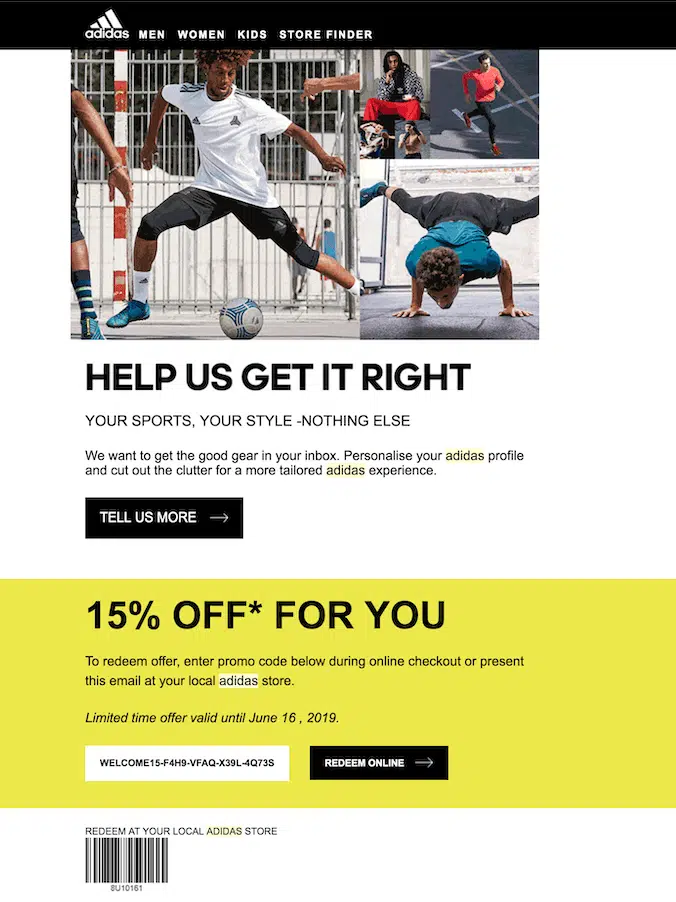
Example 2: Starbucks uses predictive AI
Starbucks leveraged AI and predictive analytics through its Deep Brew initiative to enhance personalized customer experiences and operational efficiency. By using data from its mobile app and rewards program, they were able to offer custom menu recommendations based on various factors while also automating inventory management and equipment maintenance. This AI-driven approach has significantly boosted customer loyalty, increased sales, and streamlined operations.
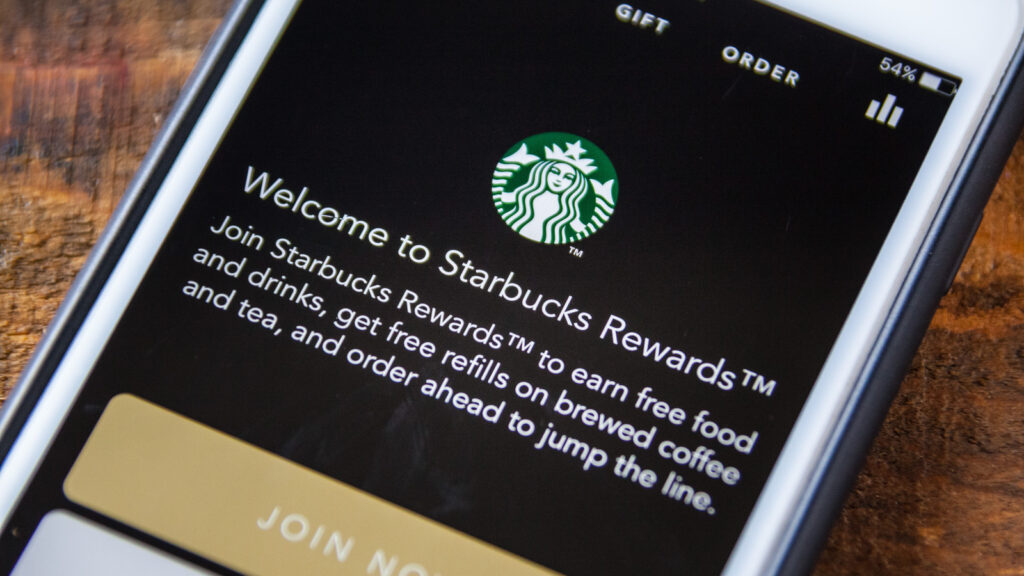
Example 3: Samsung reaches a 275% conversion rate
When launching an updated version of the Galaxy Note, Samsung knew they had to provide a dynamic, personalized omnichannel experience for customers that would drive anticipation and excitement for the product. Working closely with Insider’s local support team to deliver highly responsive, personalized messaging across Mobile and Web, they saw a 14% increase in click-through rates and an astounding 275% conversion rate.

Tips For Implementing Personalization At Scale
Though it can seem daunting at first, implementing personalization at scale is well worth the effort. Here are a few expert tips I've picked up along the way to make things as smooth as possible:
Start with a clear vision and strategy
You can't start anything, let alone a personalization strategy, without a clear vision and strategy. Make sure you first understand your business goals and customer needs, then make sure all teams across the organization coordinate their efforts towards a shared vision of customer experience. This alignment across departments ensures that personalization initiatives are coordinated and consistent, leading to more effective and impactful customer experiences.
Prioritize data quality and consistency
To create a personalized customer experience, customer data quality and consistency are crucial. Appointing a data leader to manage data schema and validate new inputs helps maintain data integrity. Attention to the right data—and attention to detail in data management—is what enables businesses to craft personalized experiences that resonate with customers and drive business success.
Test, learn, and optimize
As with quite literally everything in marketing, personalization at scale is not a one-size-fits-all strategy. It requires continuous testing, learning, and optimization to ensure that it meets the evolving needs and preferences of customers. As such, you should adopt a continuous improvement approach by using structured testing plans, implementing testing tools, trying A/B testing, and analyzing experiment results to refine your strategy for personalization.
Join For More Personalization Insights
I've talked about a lot in this article, from the importance of data and segmentation to technology infrastructure and privacy compliance. If you only take away three things, let them be this:
- Personalization at scale significantly enhances customer loyalty, and revenue by delivering relevant and individualized customer experiences, with figures indicating up to a 30% increase in revenue and retention.
- Successfully implementing personalization at scale poses challenges such as integrating real-time data, adhering to privacy regulations, and ensuring high-quality data, which can be overcome through dedicated leadership and the proper use of technology and infrastructure.
- Key components for effective personalization at scale include a unified Customer Data Platform, the application of AI for data analysis and real-time decision-making, and an omnichannel marketing strategy for personalized digital experiences.
I really hope this helps your scale strategy, and if it does, let me know on LinkedIn! While you're here, I also hope you'll subscribe to The CMO newsletter for more insightful tips and content.

